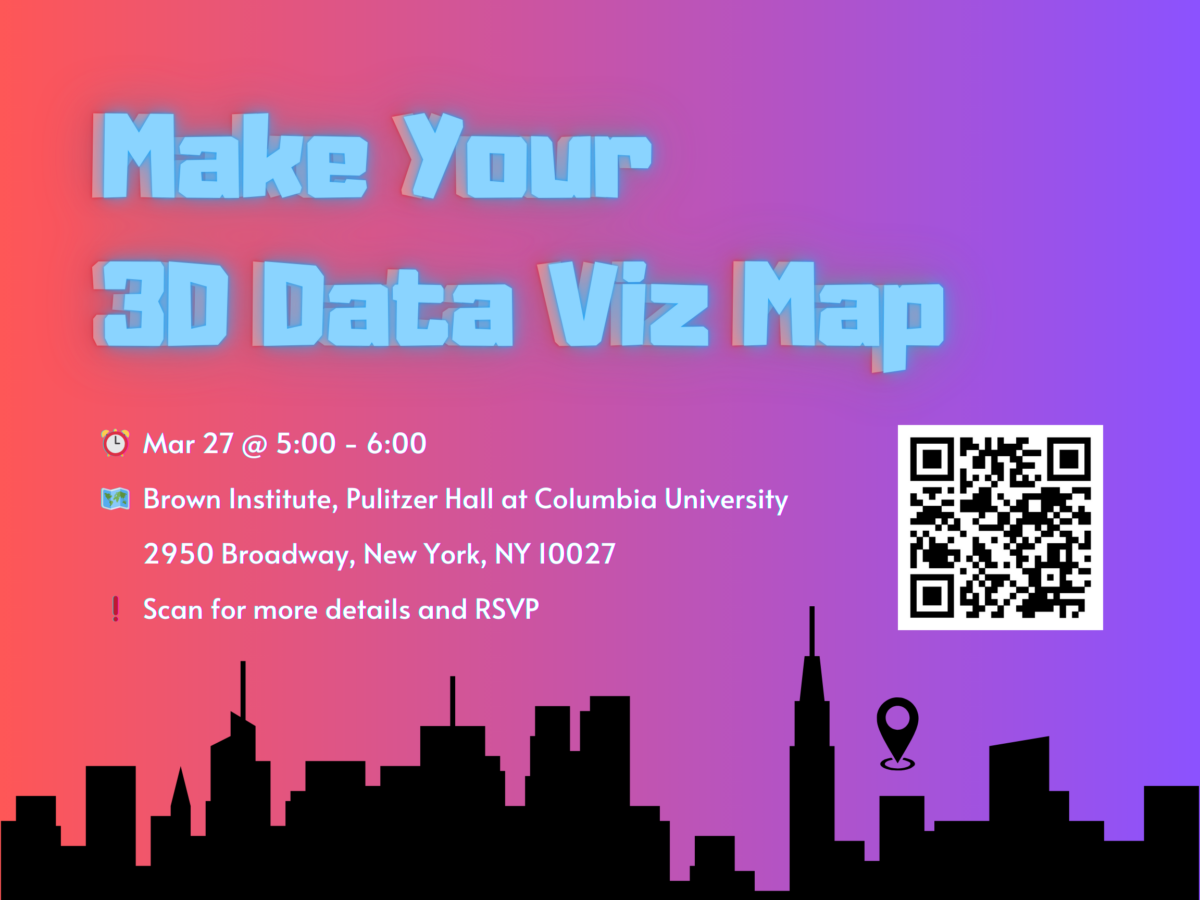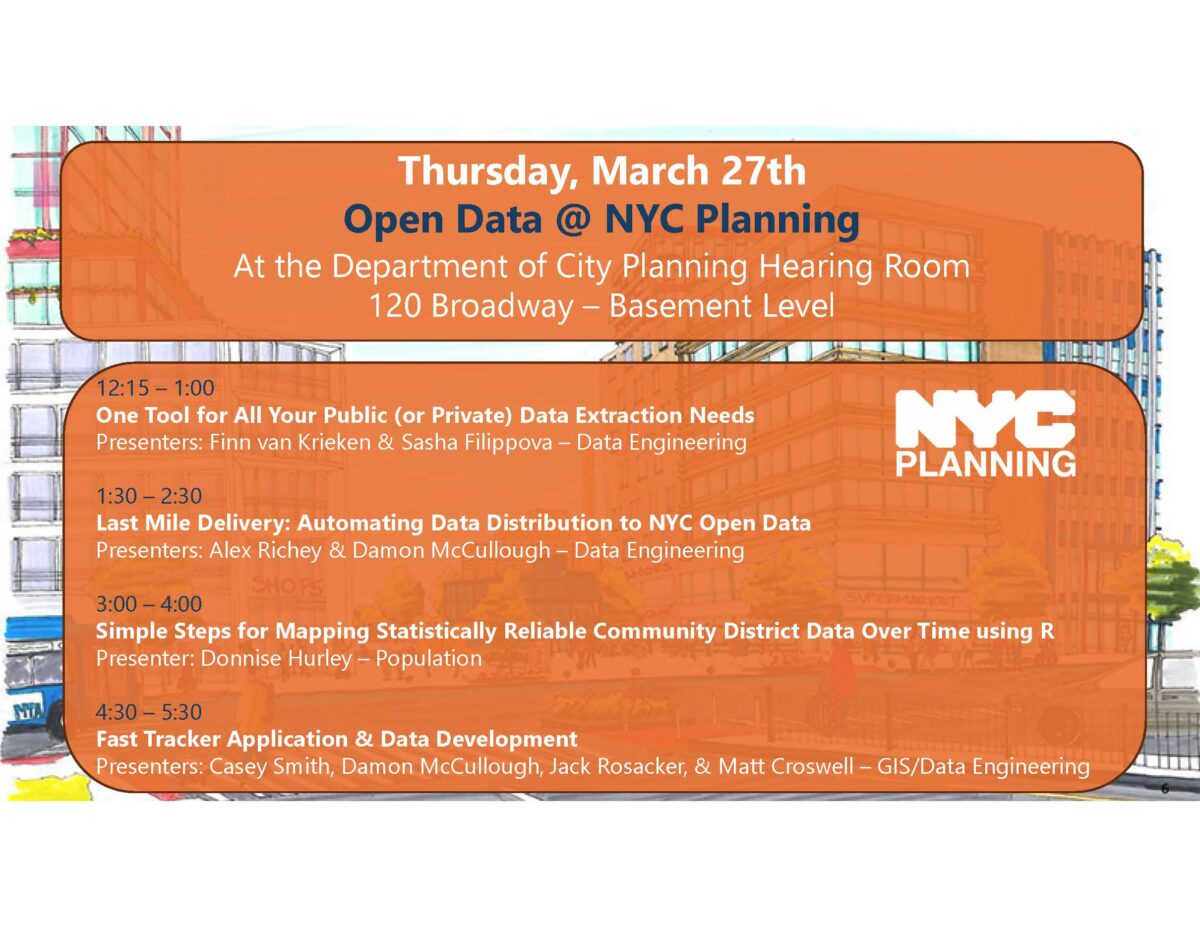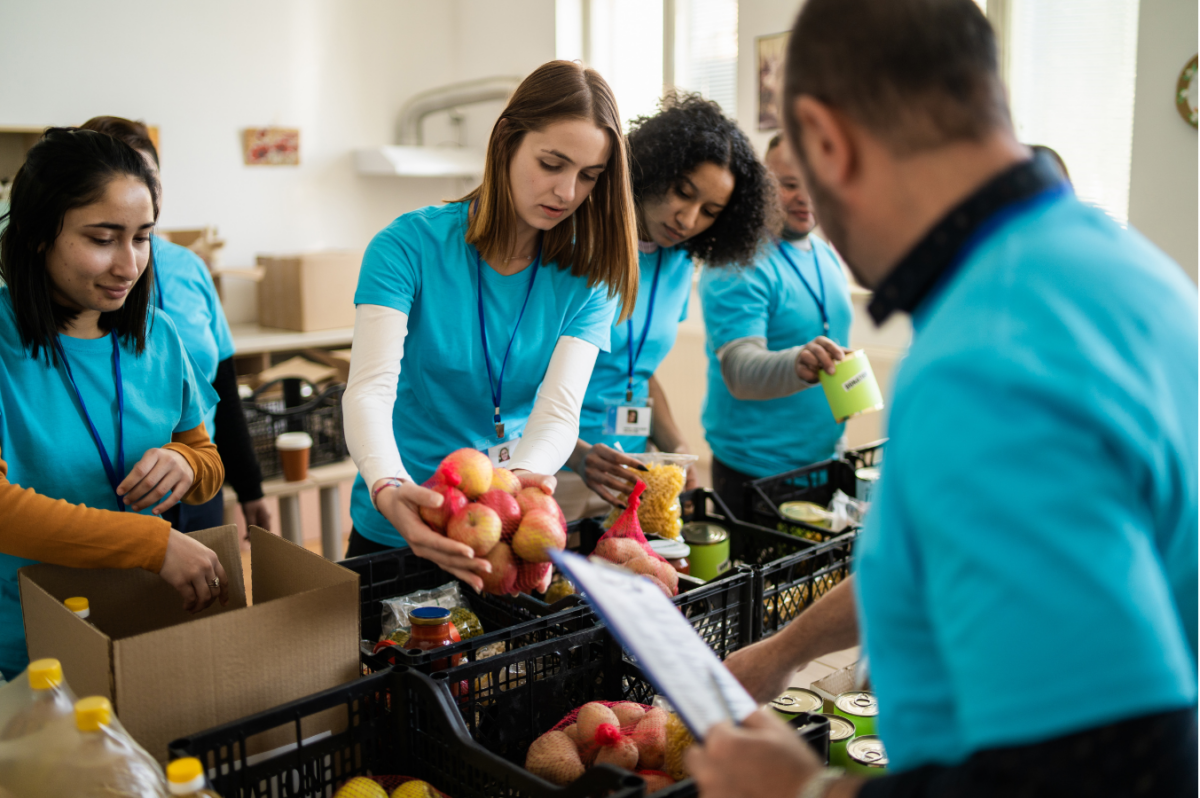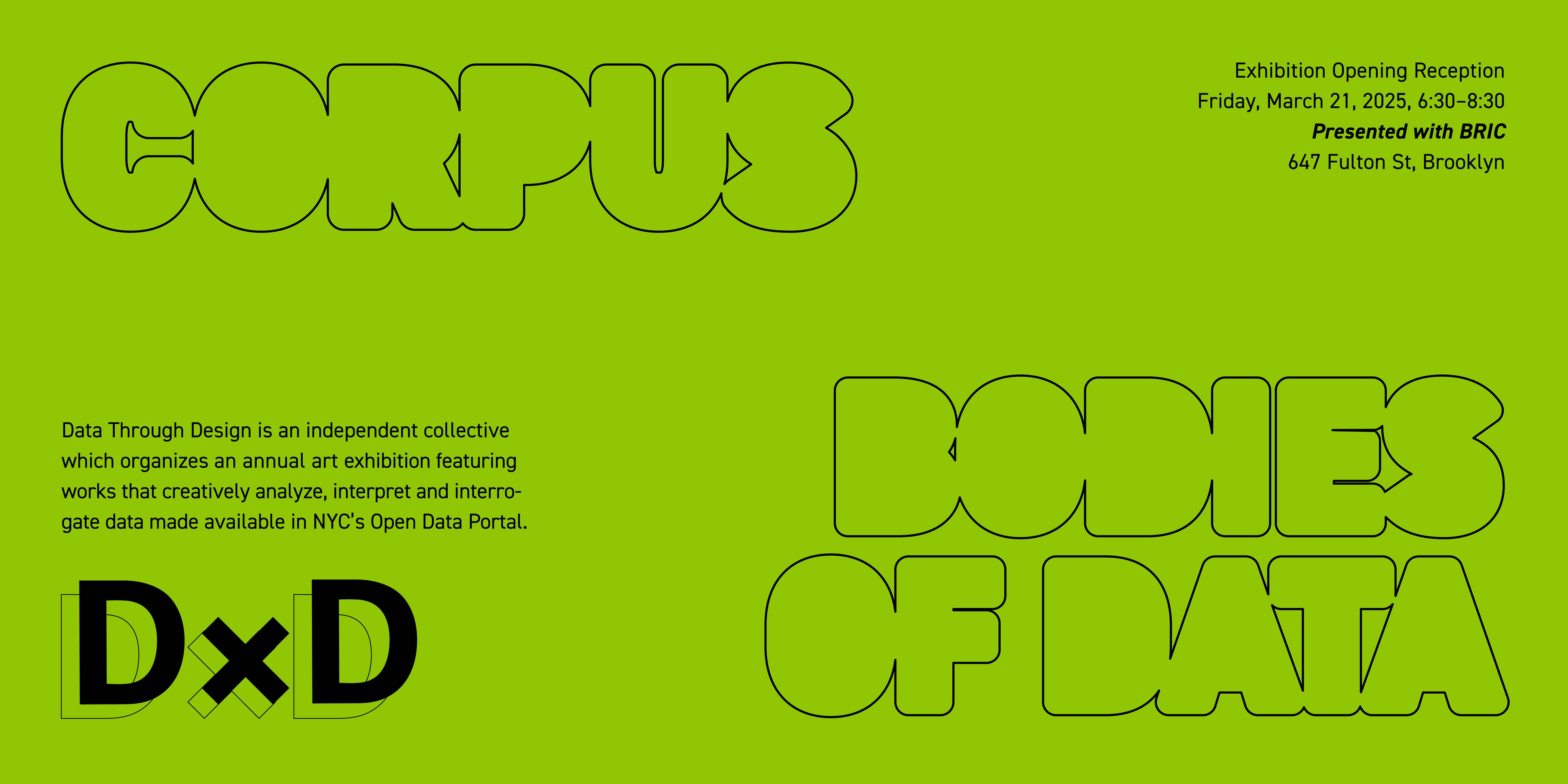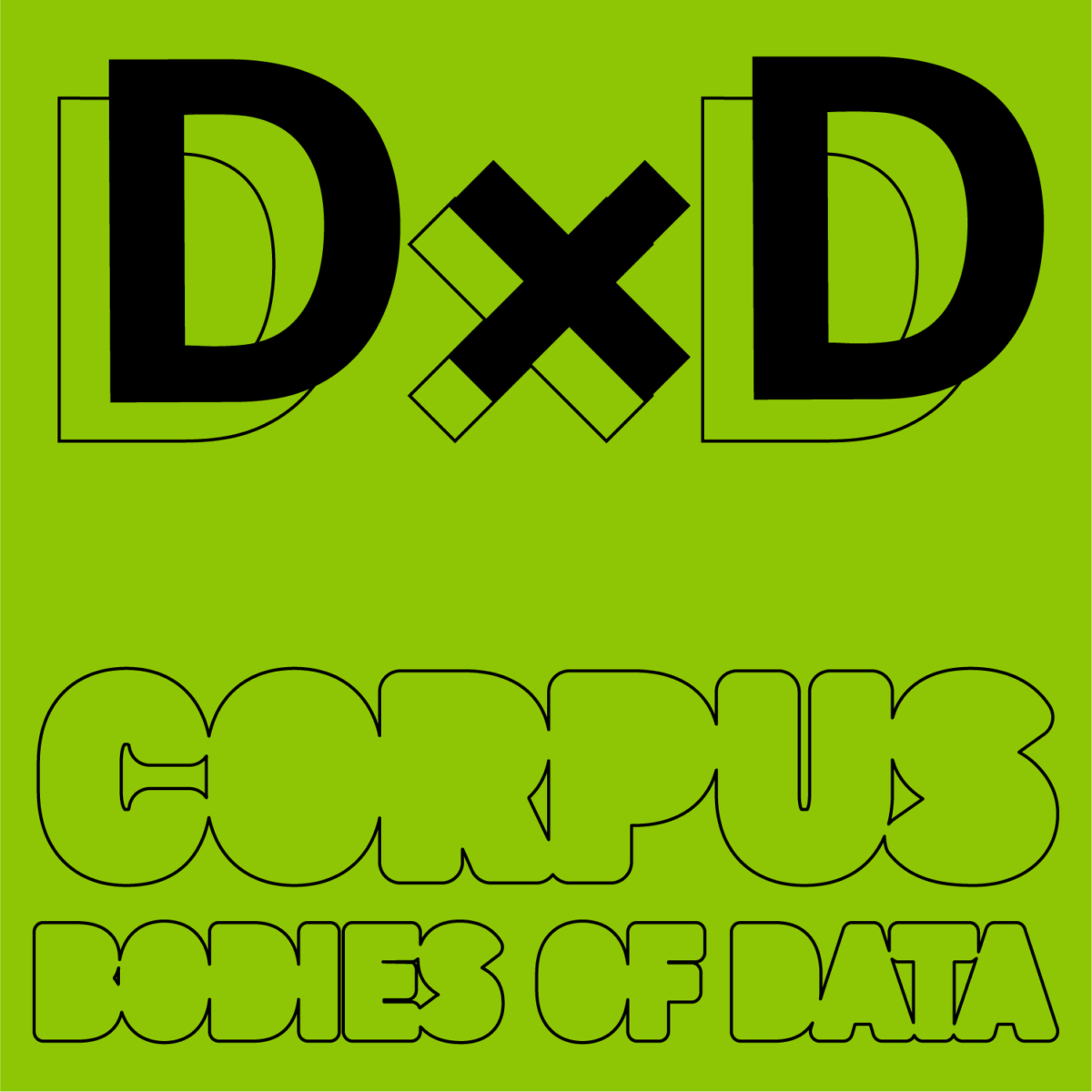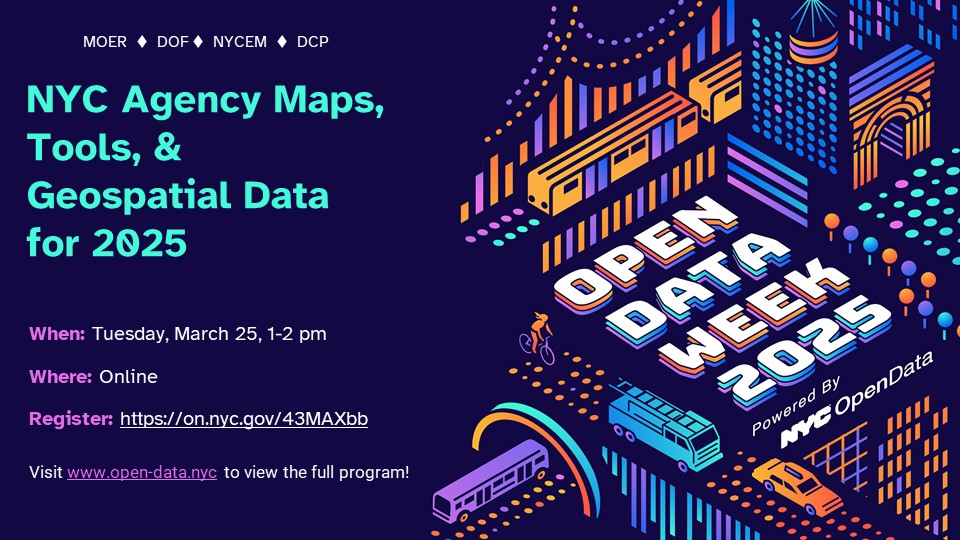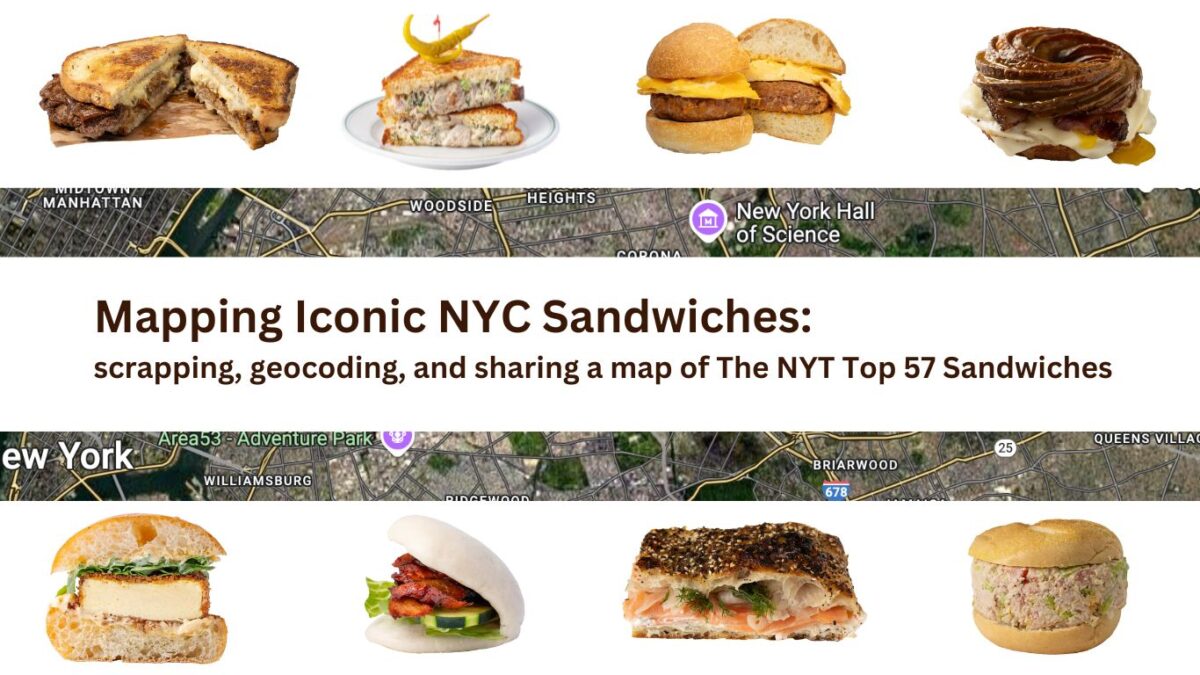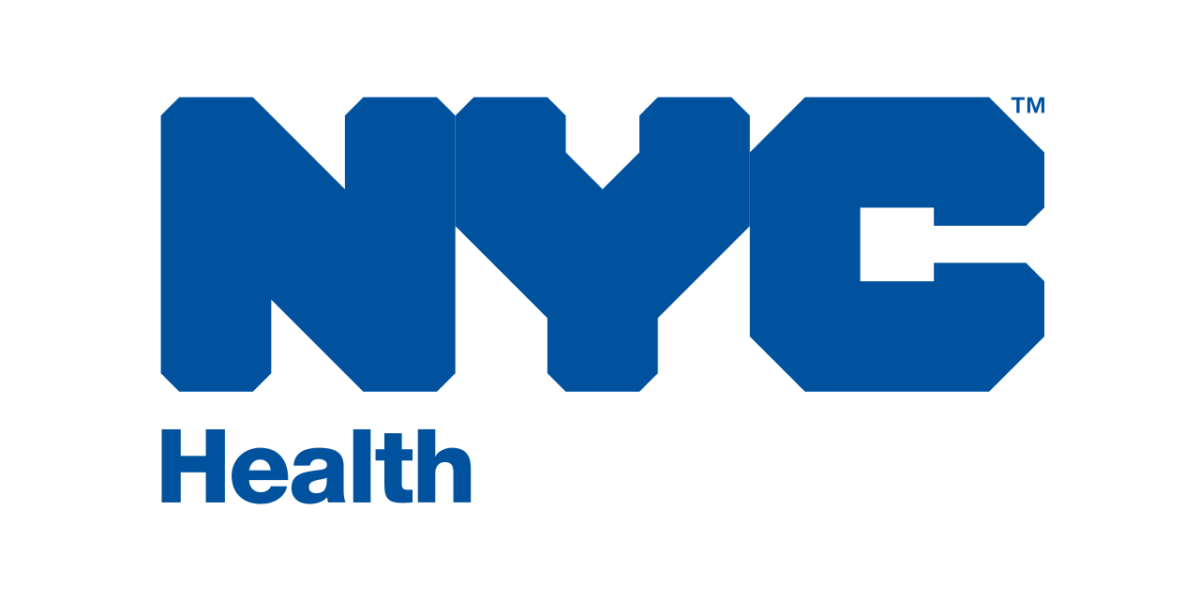Data Through Design (DxD) is an independent, volunteer-run collective which organizes an annual art exhibition that creatively analyze, interpret and interrogate data made available on NYC Open Data. Each year a theme is developed to challenge artists to surface hidden stories, patterns, and connections in data; to examine its shortcomings; and to question claims to objectivity that data representations may project. These novel and artistic creations harness the potential for data to enliven and deepen our understanding of life in the city.
The exhibition will be presented in partnership with BRIC in Brooklyn, NY and is open to the public daily from 12 p.m. to 7 p.m. Learn more at datathroughdesign.com.
RSVP for the March 21 opening reception.
This year, DxD asked artists to think about the concept of a corpus, or body of data, that can be physical or ephemeral. We imagine a dataset as a body of knowledge that indexes people in a community, events in a timeline, or observations in an area. But datasets are also representations of our bodies and the corpora of living things; collections of individuals, bodies of water, natural and human-made systems, the collectivity of the city. How are these bodies of knowledge born, how do they age, grow, and go through cycles – who animates them and do they expire? And, if we look closely enough, can we discern the shapes of individuals within these collectives? For DxD’s 2025 exhibition, we encouraged participating artists to consider “corpus” through its multiple meanings, such as a body, a dataset, a community, and/or an organism.
2025 Artists and Projects
Elias Bennett, Simon Lesina-Debiasi: Final Inch: Mustard, Data, Sauerkraut
Mauricio Delfin: The Timelines Project
HK Dunston, Jill Sigman, Abigail Regner, Mariya Chekmarova: Breath Atlas
Michelle Hui: Aging Out of Place: Chinatown Elderly
Alison Long, Cass Yao, Keyarow Mosley: Body of Waste
Matías Piña, Arden Schager: Hyperphagia
Natch Quinn: The Entirety of NYC Land
Nishra Ranpura: Tapestreet: The Fabric of NYC
Aida Razavilar, Paul Hanna: Tower of Babel: Bodies of Language in Lexicon
Jessica Reisch: Marsh Temporalities

